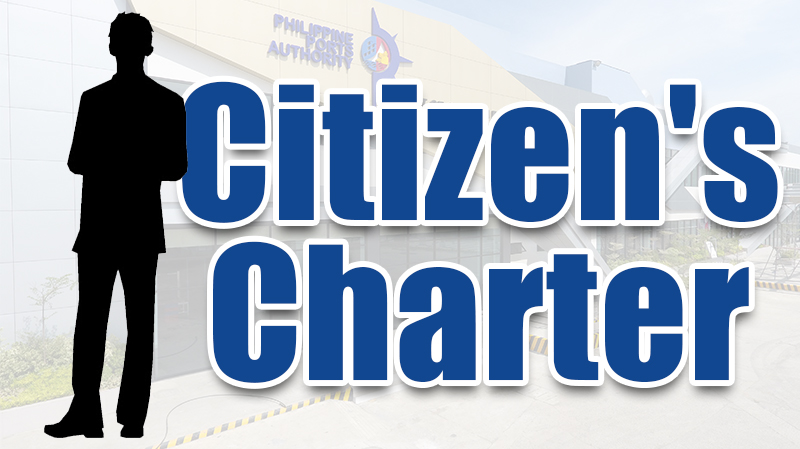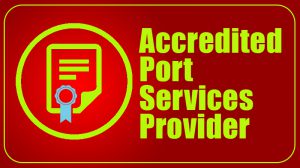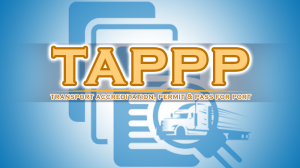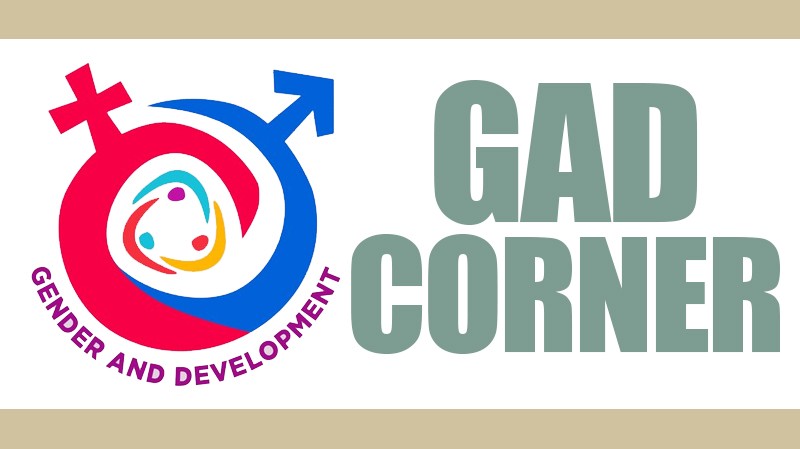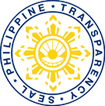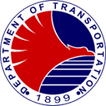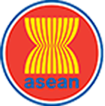Aimed at inculcating cleanliness and orderliness as well as safety in the workplace among the employees, a refresher seminar on proper housekeeping and “5S” principles was conducted on 12 November 2019 at the PMO MOC GAD Hall.

The 5S of housekeeping comes from the Japanese words Seiri, Seiton, Seiso, Seiketsu and Shitsuke which are translated as: Sort, Set in Order, Shine, Standardize, and Sustain, respectively. This principle generally focuses on keeping the workplace clean and organized. Application of this method was pioneered by Toyota Motor Company. Although, this has been commonly used in warehouses and manufacturing, 5S can be used to any workplace for a clean and safe environment that is conducive for all employees.
Each component of 5S was discussed during the seminar.
Sort
This involves classifying of materials whether the items will still be used or already unnecessary and are for disposal. Items that are difficult to classify may be temporarily stored on proper containers.
Set in Order
This is about the physical arrangement of things or where to place them accordingly. Items should be stored in accessible and navigable places and are labeled properly. Color-coded theme may be used for easy identification.
Shine
This is now where materials are cleaned from dust and dirt. Tools and equipment must be cleaned and ready for use at all times. These should be also checked for any damage.
The office must be also routinely checked for worn out cables, busted bulbs, pipe leaks, et. cetera.
Standardize
The culture of cleanliness must be created in the workplace. Best practices and housekeeping standards may be standardized.
Sustain
The practice of housekeeping and keeping the workplace safe and clean must be communicated to all employees to have a common understanding towards one goal. Scheduled audit may be established and employees or offices who have maintained orderliness and cleanliness may be given rewards and recognition.
***
Implementing and sustaining 5S in the workplace does not only make the office clean but also elicits greater employee satisfaction, quality outputs, and other intangible positive results.
—by IMR Lam

